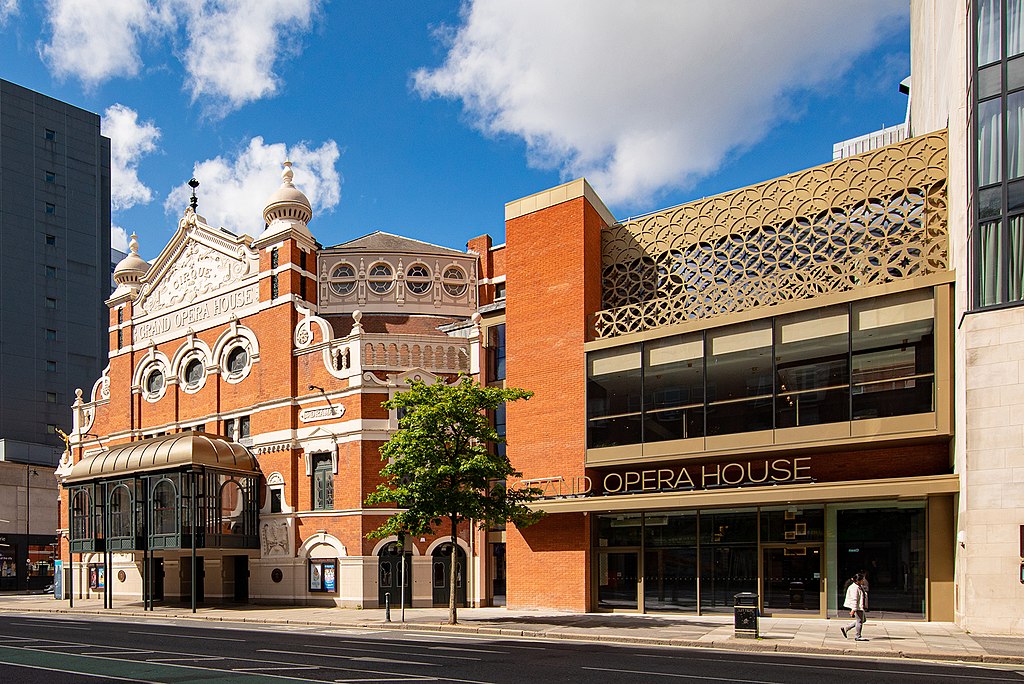Collateral and accidental damage
It has been suggested frequently that most cultural property is destroyed during conflict through collateral damage (the unintentional or incidental damage, affecting facilities, equipment or personnel that are not justifiable military objectives) or accidental damage (the unintentional or incidental damage affecting facilities, equipment, or personnel). That is to say, either via the process of expected damage to something nearby that was not the actual target; or via entirely unintended damage. Shrapnel scarring on buildings, for example, is a common example of collateral damage if the target was not the building itself, but perhaps something nearby. Accidental damage occurs if someone was unaware of the location of cultural property, for example, and it is caught in a blast. On the other hand, aiming at a building in order to target those inside is deliberate damage, as the building is targeted in order to reach the people.
Mitigation: Over the centuries it has undoubtedly been true that collateral damage is a key cause of damage, but the Blue Shield questions whether it needs to continue to be so. In fact, as precision weaponry continues to improve, if the armed forces are aware of the location and vulnerabilities of cultural property, it is increasingly likely that – in line with the Laws of Armed Conflict, which call for consideration of appropriate weapon choices – weapons can be chosen to minimise the damage to cultural property. However, in order for this to occur, it is vital that the armed forces are made aware of the location and description of such property.
Mitigation: Over the centuries it has undoubtedly been true that collateral damage is a key cause of damage, but the Blue Shield questions whether it needs to continue to be so. In fact, as precision weaponry continues to improve, if the armed forces are aware of the location and vulnerabilities of cultural property, it is increasingly likely that – in line with the Laws of Armed Conflict, which call for consideration of appropriate weapon choices – weapons can be chosen to minimise the damage to cultural property. However, in order for this to occur, it is vital that the armed forces are made aware of the location and description of such property.
The Grand Opera House, Belfast, suffered extensive damage following two car bombs in Glengall Street in 1991 and 1993. The 1993 IRA car bomb wounded 20 civilians and police officers and punched a hole in the side of the building. Major reinstatement work followed both bombs including the addition of blast walls internally to protect the auditorium, substantial reinstatement of the auditorium and the complete rebuilding of the dressing room block.
GFoxGOH, CC BY-SA 4.0 via Wikimedia Commons
GFoxGOH, CC BY-SA 4.0 via Wikimedia Commons
Blue Shield UK member, Dr Lisa Mol of UWE Bristol, is running a key research project called Heritage in the Crossfire. The project asks:
|
"What happens to the stone structure when a bullet impacts? How does this impact vary between stone types? Does the previous deterioration of a surface (e.g. weathering) play a role in its response to an impact? Ballistic impacts, such as bullets, can leave scars that not only aesthetically affect the heritage site but could be the surface manifestation of a much larger fracture network within the stone work which can threaten long-term conservation of the heritage site. Our current work includes extensive laboratory testing of microscale alterations associated with bullet impacts, and their long-term consequences for deterioration of affected stonework.
Blast damage to modern materials, especially in the context of protection of human life and weaponry, is a well-researched topic. Less is known about the impact of blasts on heritage structures, which have been exposed to deterioration processes often for centuries or even millennia. The response of these fragile structures to blasts in the vicinity is still not known, especially the potential relationship between pre-existing condition of the stonework and distance to the blast. A scientifically sound understanding of these effects could be a valuable asset in the prevention of damage and subsequent stabilisation and conservation costs. This in turn can redirect resources to humanitarian needs, as well as provide a ‘goodwill’ pathway to reconciliation with the local population. It also enhances our capacity to provide remote assistance to partners working in conflict zones, providing a more accurate interpretation of remote sensing imagery of damaged sites as well as photos taken in situ." |
Testing the impact of explosives on stone. Research funded by a Royal Society Apex grant, partnership with UWE Bristol, Newcastle and Manchester Metropolitan Universities. © HITC.
|
Blue Shield UK is actively advocating for the project's results to be included in national and international military planning, to minimise the damage caused by military activity and contribute to better protection.
Read this Blue Shield article for NATO Open by former Blue Shield UK Secretaries (Cunliffe and Fox) and President (Stone) to find out more.
Visit the Heritage in the Crossfire website to learn more about their amazing work.
Find out more about architectural heritage destruction related to the conflict in Northern Ireland in this blog post by A. McClelland.
Visit the Heritage in the Crossfire website to learn more about their amazing work.
Find out more about architectural heritage destruction related to the conflict in Northern Ireland in this blog post by A. McClelland.


